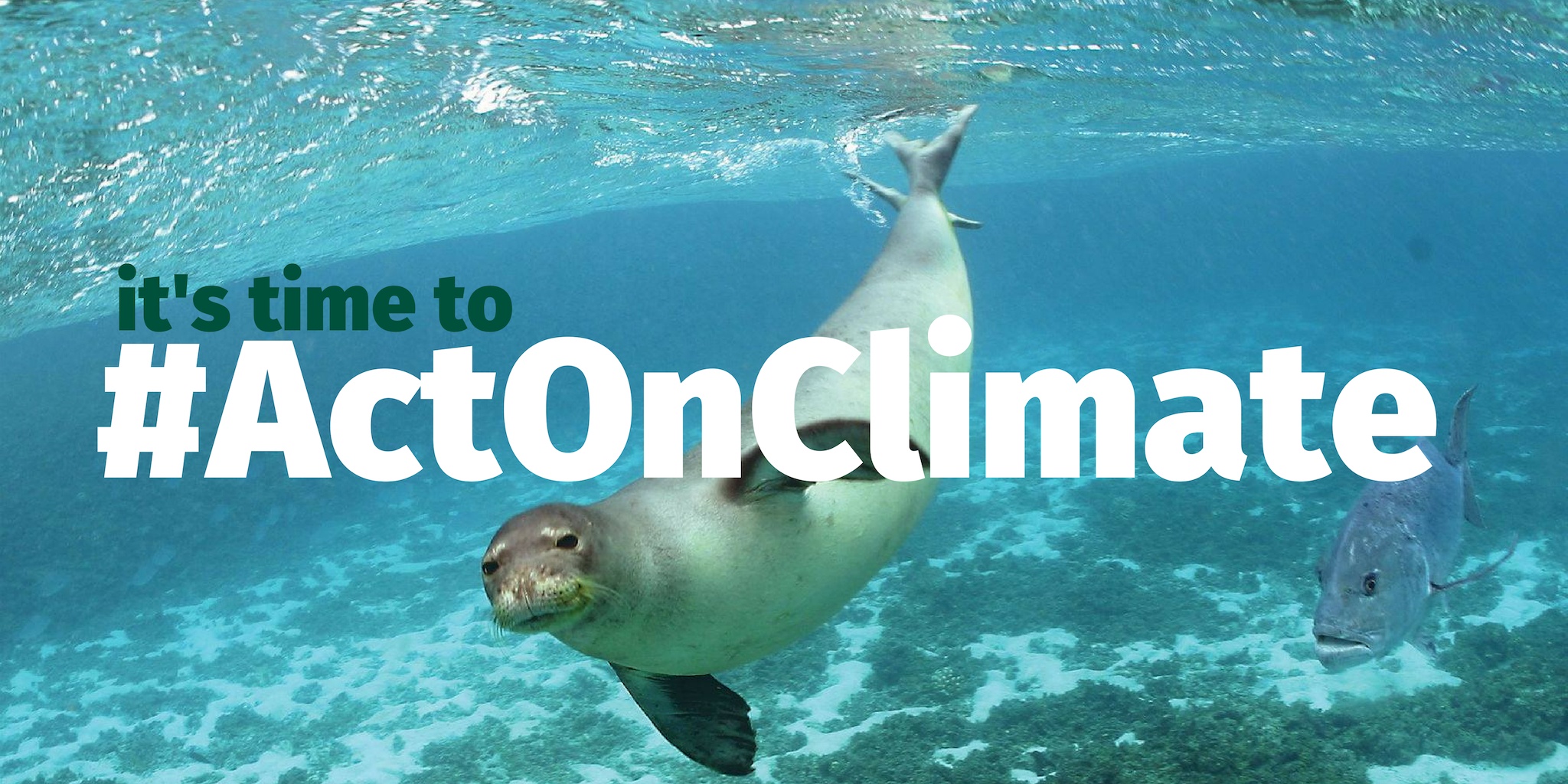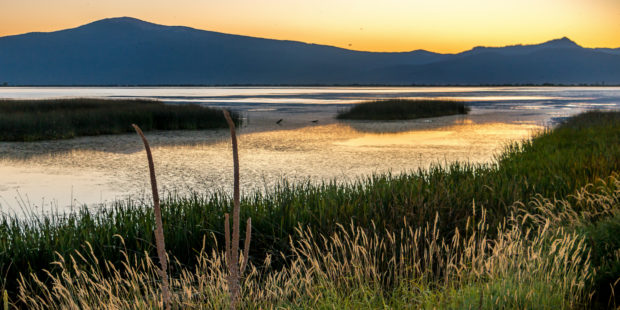We have much more to do and your continued support is needed now more than ever.
Taking Action in the Era of Climate Change
Near-Term Options for Protecting People and Wildlife in the Era of Climate Change

We are witnessing the impacts of climate change across the country. Climate-fueled disasters have devastated communities — from cities deluged by hurricanes along the Atlantic Coast to the California and western megafires that have turned homes, businesses and entire towns to ash. Even today, swaths of Nebraska and Iowa are underwater due to unprecedented flooding. The costs to wildlife and people, especially rural and historically disadvantaged communities, have been immeasurable.
Climate change isn’t an abstract threat. Its impacts are all too real today and will persist unless we act.
We look to our national leaders to take action and propose solutions that match the magnitude of the threat.
As our leaders wrestle with solutions — from the apparent, like reducing greenhouse gas emissions, to affirming our international commitments — it is essential that we find policies that work for everyone.
We can’t ask vulnerable communities to bear the brunt of economic fallout from the necessary transition to a clean energy-driven economy and resilient ecosystems. We must invest in solutions where people benefit from this transition — including fossil fuel dependent regions that are looking for fair and equitable opportunities to revitalize their communities with new jobs, new industries and a clean environment.
There are near-term actions that can and must be taken to get our country on the right path, and we need to use every tool we have. Together, the strategies below could reduce U.S. climate pollution by 30 percent.
Invest in clean energy and energy efficiency
The United States has an outdated electrical grid that is in need of significant upgrades. The “grid” includes systems for electricity generation, transmission, and distribution. There is significant opportunity within each of these categories to invest in cleaner, more resilient infrastructure that ensures affordable and reliable energy, and creates family sustaining jobs. First, smart policies can target emissions at their source by incentivizing low- or non-carbon-emitting energy technologies. Second, policies can reduce demand from consumers by encouraging greater energy efficiency in our buildings and industries. This two-pronged strategy will help cut emissions from the grid, and incentivize much needed upgrades that strengthen the economy and save customers money.
Additional policies are needed to stop leaks of harmful methane (a super pollutant) from oil and gas infrastructure, and to spur investment in grid modernization and battery research to support growth in clean energy like solar and wind.
Invest in natural infrastructure

Infrastructure isn’t just about roads and bridges — it also includes the natural systems that provide essential services that benefit people, communities, and industry. Natural infrastructure consists of natural or nature-based systems that provide essential services and benefits to society, such as flood protection, water purification, and carbon storage. Such systems can be natural ecosystems, like forests, floodplains, beaches, and grasslands, or they can be engineered systems that use natural materials and are designed to emulate the functioning of natural ecosystems.
Investment in natural infrastructure can:
- Ensure abundant and clean water for people and wildlife,
- Increase the capture of carbon (carbon sequestration) in soils, forests, and grasslands,
- Maintain existing carbon sinks and protect them from natural disasters,
- Protect and restore wildlife habitat,
- Create and stimulate sustainable local economies, such as ecosystem restoration and outdoor recreation related industries, and
- Improve the resilience of people and wildlife to the impacts of climate change. Climate resilience is defined as the ability of a system (either natural or human) to withstand, adapt to, or recover from the accelerating impacts of climate change, such as sea-level rise, flooding, drought, megafires, and more severe hurricanes.
These investments would benefit wildlife and communities across America in a fiscally responsible way by serving as a smart insurance policy against costly extreme weather and climate effects while also providing a down payment on the low-carbon economy of the future.

Invest in smart transportation
In 2016, transportation accounted for the largest portion of total greenhouse gas emissions. There is tremendous potential to reduce this large source of emissions through investments in infrastructure. We must electrify this sector in order to slash transportation-related air pollution and curb climate-altering emissions. Policy support can speed us to our electrified future, including increased grants, tax credits, and low-interest loans to states, cities, and individuals to install more charging infrastructure for electric vehicles, and swap out dirty public transit and school buses for no-emission electric alternatives. Our leaders must pursue strategies that help the United States catapult low-carbon vehicles and transit alternatives into more widespread use in an equitable way and reduce emissions.






















